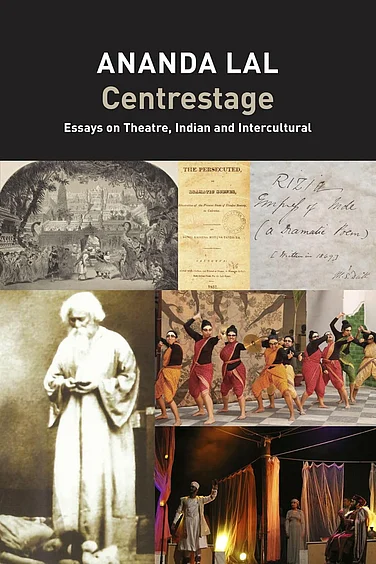A Walk up to the Hill: Living with People and Nature
Madhav Gadgil
Penguin India
Rs 999
Ecologist Madhav Gadgil wrote, “Trekking up the meandering hill paths that lead high up to the starry skies is a memory that is still green in my mind.”
At the age of four, his father had taken him there and from that experience evolved his latest book. This is a memoir of a life spent in the cause of ecology, filtering through communities and different experiences. Gadgil moved to Harvard from Pune after an embittering experience with exam answer styles in which students were expected to follow the dictates laid down in articles previously written by academics. Brought up in a liberal family under the influence of ecologists like Salim Ali, who was a friend of his father, Gadgil found an oasis of knowledge in Harvard. However, before he went, his mother insisted that he marry a local girl and luckily his classmate Sulochana was at hand, who came from an equally enlightened background. Together, the two of them found a home in a liberal university which boasted professors of the calibre of Edward Wilson and researchers like Oppenheimer, then working on his atom bomb.
Gadgil’s studies coincided with the Vietnam War and he determined to return to India and not participate in the brain drain that was becoming only too common.
Gadgil’s memoir deals with the different types of people he encounters on his return and the different types of projects that he engaged in — like his work with tiger conservation at Bandipur or his studies of bamboos. The narrative is a combinations of actions and research put together to create the ecologist’s journey from his childhood in Pune to now. He gave his name to a new type of spider as well as a frog and was lucky enough to find likeminded friends who believed that nature and the communities that lived in close contact with nature deserved protection.
The general belief among the urban set was that tribals were bad for nature, something that Gadgil found mistaken time and again. The discrimination against tribal communities was something that had persisted down the centuries with maharajahs and their diwans oppressing villagers because they demanded the land or the trees that the villagers held sacred. There are anecdotes of women being hacked down in their attempt to protect trees well before the Chipko Movement. Against a historical backdrop is set the modern day PWD efforts where a road was set following the slope of the hills by its builders so that with the rains the soil was washed away resulting in barren land.
In a world threatened by climate change, one realises how India’s Centre and even the Forest Department were always on the alert for ways to make money at the cost of nature, using projects like tiger preservation as showpieces to prove that environmental work was actually being done and quite obviously there were people working and managing to get the better of the anti-environmentalists, if one can call them that, refusing permission for dams when they could. Gadgil found his sanctuaries in Uttara Kannada, Kerala and the Western Ghats, the hill he mentions in his title.
A landslide in Maharashtra’s Raigad district recently claimed 27 lives, flattened an entire village, and brought back into focus the 2011 report on the conservation of the Western Ghats that Gadgil made for the Union Forest Ministry , which is the focal point of this book — though he has other points to make as well.
Told simply, the memoir has something for everyone. For the nature lover there are anecdotes of elephants, birds, and histories of various regions — not to mention snippets like Salim Ali eating tiger steak in Assam! The researcher can rejoice in Gadgil’s detailed notes of his work and meetings. Gadgil refers to this book as his scientific autobiography and it gives readers an insight into the dedication of someone who could identify birds by their illustrations before he could even read. Fittingly, the book is dedicated to his environmentalist friend Bismarck Dias who went missing during a swim and who lived on a hill in the Mandovi river.


























